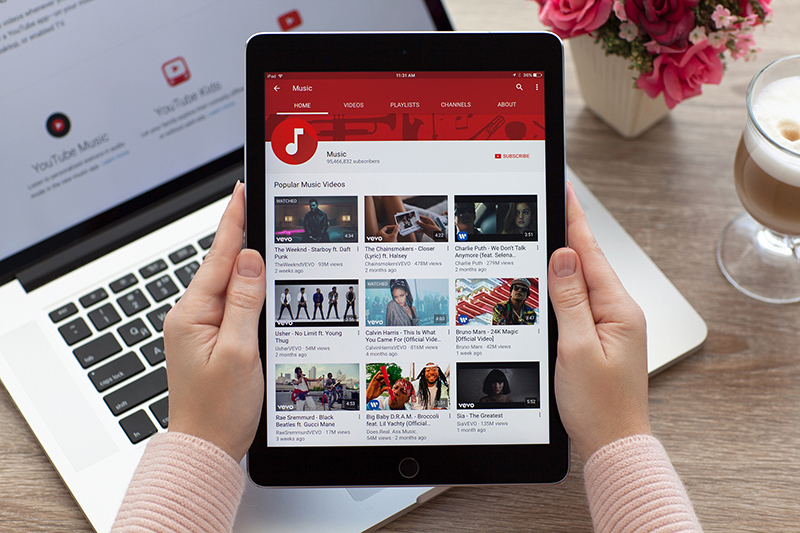
You managed to drive immense amounts of traffic to your website; now what? Now you should move to the next step — conversion. There are many ways you can increase the number of your customers. However, only one of them can drive your conversions regardless of your business or marketing goals. Did you know landing pages can help with conversion? Landing pages have the power to convert prospects into customers in a blink of an eye if set up the right way. Here are five ways you can drive conversions with the help of landing pages.
Start with an Offer
Laypeople have heard about home pages and landing pages. However, only some of them know the difference between the two. While home pages contain all the products or services, the company offers, landing pages focus on convincing the user to take a specific action. To create a landing page, you first need to define what action you want them to take. For example, do you want them to subscribe, download some content, or check out interesting information by clicking on links? Then, you have to create an offer. Keep in mind the offer should be in line with the stage of the buyer’s journey to produce the desired effect.
Choose Minimalistic Design
If you already have landing pages on your website that don’t result in expected conversions, then you must be doing something wrong. Some people make the mistake of choosing a complex design for the landing page. They sometimes fail to align the campaign design and that of the landing page. To increase your odds of conversions, have the landing page follow the same design of the ad or marketing campaign. The design should contain no more than two images and a larger font size only for the message, not the whole text. This way, the prospects can focus on a call-to-action (CTA) which is the most relevant element on the page.
Simplify Forms
Sometimes, landing pages contain forms for users to fill out with personal and contact information. In case you decide to make a form part of your landing page, make sure to design them as simple as possible. The form should only contain the required input fields. There’s no need to ask users to leave their phone number and address if you want them to sign up for the email newsletters. On the other hand, such information is required when users order products. In this case, the users should also receive a confirmation message or email. If users have to fill out complex forms with too much information, they’ll probably give up at some point.
Make CTAs Visible
As said, CTAs are the core of every landing page. All other elements on the page should support them in achieving the set goal. The combination of the two produces the best results only when they correspond to the goal you want to accomplish. Without the goal and the CTAs, it’s highly unlikely the prospects will take the desired action. Depending on the set goal, you can choose some generic phrases such as Sign Up, Subscribe, Buy Now, or Start Your Free Trial. You can also come up with some of your own. Just make sure they’re informative enough so the prospects become aware of the next steps in the process.
Stick to a Simple Landing Page Copy
While creativity is a must-have quality of every content creator, it isn’t the case when creating copy for the landing page. The task requires simplicity and clarity. There’s no room for ambiguity and elaborate sentences. When the prospects land on your page, it’s your job to convince them to complete the action. You can do that by writing a straightforward copy. To create such a copy, use bold font and headings. Also, organize the message in bullet points and make sure they’re easy to follow. Lastly, check if the copy supports the CTA. If it doesn’t, make necessary changes.
Conclusion
After driving traffic to the website, it’s time to make the next step and convert as many prospects as you can. One of the many ways to do so is with effective landing pages. Setting up such pages doesn’t have to take too much time with these tips and can help you improve the overall results of your marketing efforts.
You may also like: How to Use Conversion Rate Optimisation for Higher Rankings



